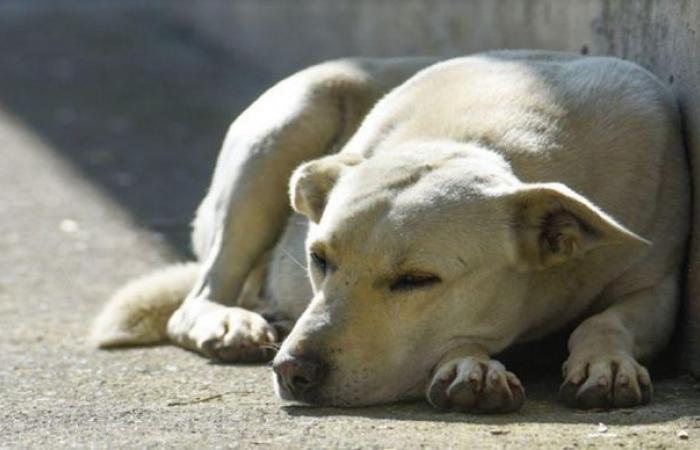They walk around, literally like a dog without an owner, they go crestfallen and sick through the city that they know like the mark of their paws, and they seem guilty of the fate of others that marked them for life.
They are unknown dogs that will never know about the collar invented by childish pride. The question will remain as to whether they would have been called Lazy, Dandy Motica or Campeón; What will they do with the natural dose of affection they have to give to that unidentified being that their peers recognize as owners.
Sometimes it is not enough to affirm that the ability to reason differentiates us and makes us superior to the rest of living beings. Detecting, identifying and verifying which was the first stray dog is unlikely; However, it is a fact that their history began with abandonment.
Something that became a practice for everyone who, faced with traces of feet, “little gifts” in inconvenient places, redesigned flip flops, the well-known “you said you were going to take care of him”, lost socks or the child’s asthma, He preferred to throw himself onto the “couch.”
Until a few years ago, the number of dogs rescued from the streets of Camagüey was in the thousands. The promulgation of Decree Law No. 31 on Animal Welfare changed the state’s way of looking at the issue, but the problem continues to roam around our streets on four legs.
This legal body allows legal actions to be taken in favor of the care and better treatment of animals in the country. Regulates the principles, duties, rules and purposes regarding the care, health and use of animals, to guarantee their well-being, with a focus on “one health”, in which human health and animal health are interdependent and linked to the ecosystems in which they coexist.
The regulations set out the specific functions of each Ministry to promote the proper care and treatment of animals, as well as the conditions that their owners must comply with to guarantee their well-being.
The Decree-Law specifies that in the case of those that are abandoned by their owners and do not have identification, or those that wander on public roads, organizations or entities, they will be collected by the competent authority, in accordance with the provisions of its regulations.
Institutional responsibility, which still has many gaps, is responsible for sterilization and surveillance, which is very limited as there is only one specialized unit in Nuevitas, and all municipalities should have observation centers where dogs can remain in case of bites, losses or to be adopted after a pick-up.
However, the social role is fundamental in this phenomenon. When we have a pet at home, birth control and its safety become easier, but not with those that wander. Many campaigns and civil society organizations promote responsible care of affectionate animals.
The truth is that we all have a little responsibility and role in reducing the street population of animals, that tail that we bite. (Carmen Luisa Hernández Loredo/RCA collaborator)(Photo: Taken from the internet)






